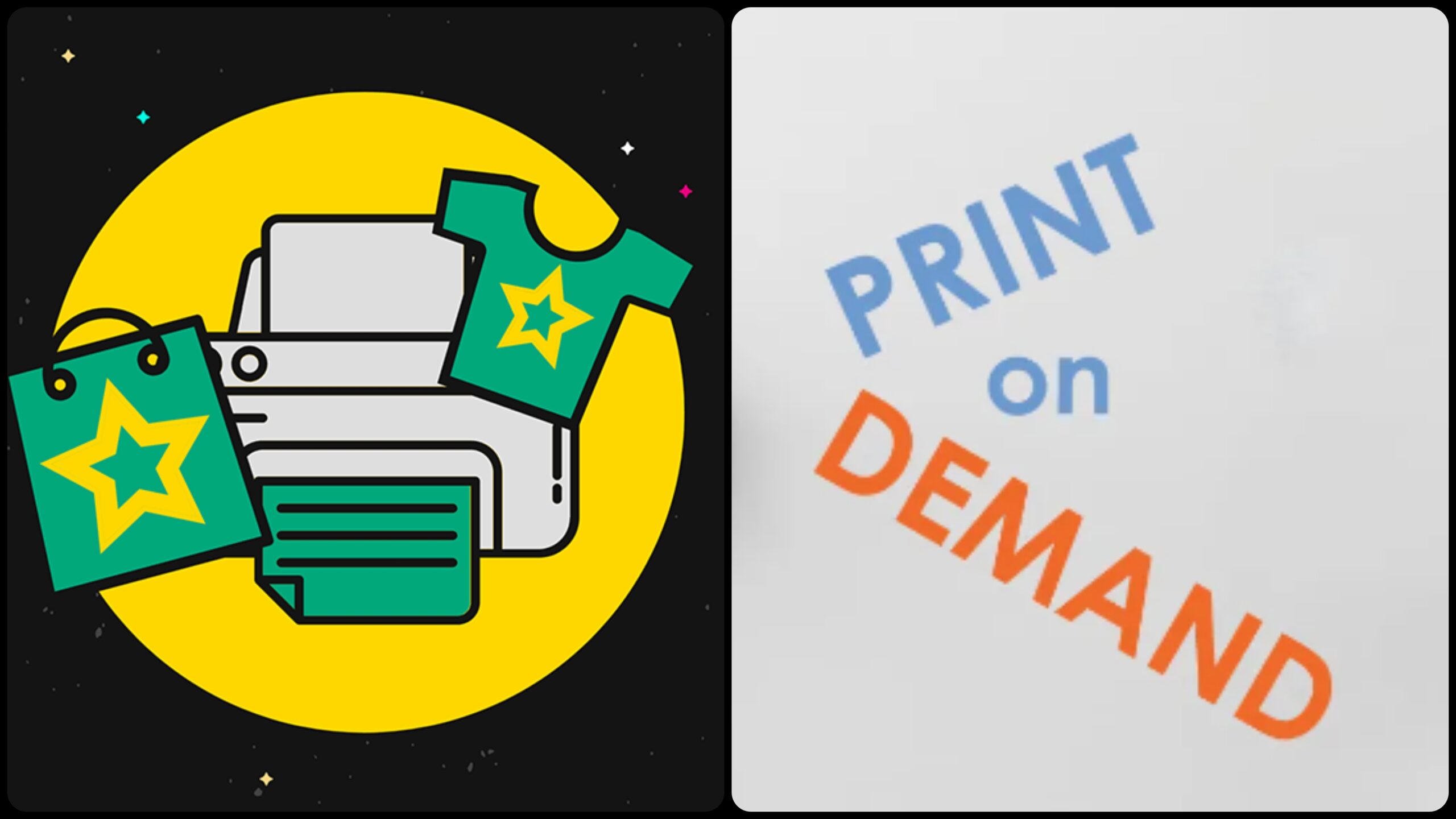
Printing on demand.
The digital printing technology known as print on demand (POD) makes it possible to imprint and bound an entire book in a matter of minutes. Digital printing makes it simple and affordable to produce one or two books simultaneously or in small quantities, as opposed to larger print runs of several hundred or thousand. The content of the book will undoubtedly be tailored to the reader through the effective use of variable data technologies and database-driven on-demand printing. Additionally, digital printing technologies provide appealing short-term economies, enabling the book publisher to be successful with a production forecast that is significantly more conservative.
There are numerous uses for digital printing. It is used by academic and commercial publishers to print advance reading copies or, if they are unable to justify the cost of producing and storing a significant print run, to keep backlist books available. It is utilized by small presses as a less expensive method of fulfillment in exchange for lower profits per book and lower initial costs. In Los Angeles, there are print-on-demand publishing services that provide services that, depending on one’s bias, can certainly be classified as vanity publishing or self-publishing.
Digital printing technology is used by print-on-demand publishing services to provide authors with publishing services. They range from low-cost, do-it-yourself services that provide free online layouts that let anyone upload and format a book to high-priced packages that include editing, a custom cover design, improved marketing, and other extras. A few Case administrations are thoroughly free, nonetheless, most charge an installment, which range from 100 – 1,000 bucks. You will either need to purchase these additional services separately – either from the POD service or a completely independent provider – or upgrade to a more expensive package if you want to go beyond the essentials and include editing, proofreading, custom design, and marketing services, among other things.
Nonexclusive digital and republishing rights are included in the majority of POD service contracts, which can be terminated at any time. Authors can control book costs and profits with low-cost POD services in Los Angeles; however, the majority of these services set prices based on printing costs and pay the author a specific percentage. In Los Angeles, POD services refer to their offerings as self-publishing; however, there are significant distinctions between true self-publishing and POD services.
1) Command. In true self-publishing, the author is in charge of all aspects of the publishing process, including cover art, print style, and pricing. In the case of POD services in Los Angeles, customers typically only have access to the bundle of services that the publisher offers.
2) Profits. The author retains full ownership of all sales proceeds in true self-publishing. In Los Angeles, POD services retain the majority of sales profits to cover printing costs and pay the author a percentage, either as a royalty or as a percentage of earnings. In essence, you are paying twice: once in advance and once for each book that is produced and sold.
3) Freedoms Through evident independently publishing, all freedoms stay with the writer, who has full ownership of his/her, books alongside the ISBN number. The ISBN is owned by the majority of POD services, and the POD service has a limited claim to digital and/or electronic publishing rights.



Leave a Reply